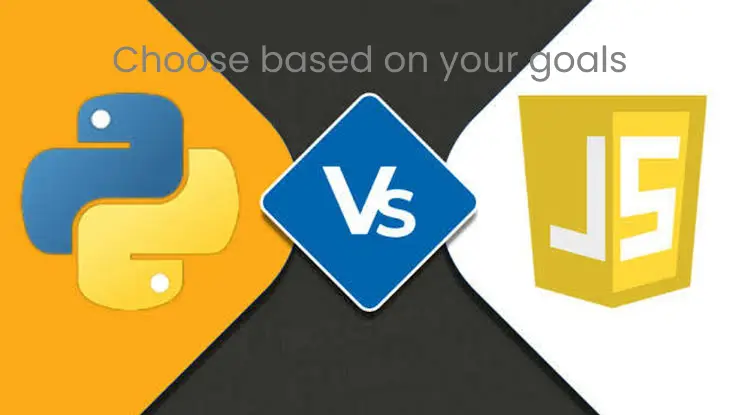Bug Fixing vs Debugging: What’s the Difference?
Solusian
Published on Apr 08, 2025

In the world of software development, two terms often get used interchangeably: “debugging” and “bug fixing.” While they’re closely related, they represent different stages in the process of creating reliable software.
What is Debugging?
Debugging is the detective work of software development. It’s the process of finding, analyzing, and understanding bugs or defects in your code. Think of debugging as the investigation phase - you’re trying to figure out what went wrong and why.
During debugging, developers:
- Identify unexpected behaviors in the software
- Track down where in the code the problem originates
- Understand the root cause of the issue
- Reproduce the problem consistently
- Use tools like debuggers to inspect code execution
The debugging process often involves setting breakpoints, watching variables, and stepping through code line by line to see exactly where things go off track.
What is Bug Fixing?
Bug fixing is what happens after debugging. Once you’ve found and understood the bug, bug fixing is the actual process of making changes to the code to correct the issue. This is the solution implementation phase.
During bug fixing, developers:
- Make necessary code changes to resolve the identified issue
- Write or modify tests to ensure the bug doesn’t return
- Document the changes made and why
- Verify that the fix doesn’t introduce new problems
- Submit the fix for code review and integration
While debugging requires analytical thinking, bug fixing requires creative problem-solving to implement the best solution.
Key Differences Between Debugging and Bug Fixing
| Debugging | Bug Fixing |
|---|---|
| Identifies and analyzes the problem | Implements the solution |
| Investigative process | Corrective process |
| Focuses on understanding the cause | Focuses on implementing the remedy |
| Uses diagnostic tools | Uses development tools |
| Can take unpredictable amounts of time | Usually more predictable timeframe |
Best Practices for Effective Debugging and Bug Fixing
Debugging Best Practices
- Use proper logging throughout your application
- Learn to effectively use debugging tools for your language/platform
- Practice rubber duck debugging to think through problems
- Create minimal reproducible examples of the bug
- Don’t make assumptions - verify with data
Bug Fixing Best Practices
- Fix the root cause, not just the symptoms
- Write tests that would have caught the bug
- Keep fixes as simple and focused as possible
- Document why the bug occurred and how it was fixed
- Follow your team’s code review process
While debugging and bug fixing are two sides of the same coin, understanding their differences helps teams communicate more clearly and manage the software development process more effectively. Debugging is about investigation and analysis, while bug fixing is about implementation and resolution. Both skills are essential for delivering high-quality software.
By improving your approach to both debugging and bug fixing, you can reduce development time, improve code quality, and create more reliable applications.
FAQ
Q1: Which takes more time, debugging or bug fixing?
A1: Generally, debugging takes more time than bug fixing. Finding and understanding a bug is often the most challenging and time-consuming part of the process. Once the root cause is understood, implementing a fix is typically faster and more straightforward.
Q2: Can you fix bugs without proper debugging?
A2: While it’s possible to make code changes that appear to fix a bug without thorough debugging, this approach often leads to incomplete fixes or new bugs. Without understanding the root cause through proper debugging, developers risk applying band-aid solutions rather than proper fixes.
Q3: What tools are most important for debugging versus bug fixing?
A3: For debugging, tools like debuggers, loggers, and profilers are essential as they help analyze code execution and identify problems. For bug fixing, version control systems, IDE features, testing frameworks, and code review tools become more important as they help implement, verify, and track changes to the codebase.







